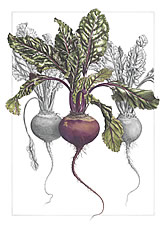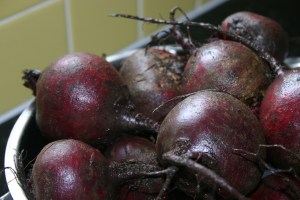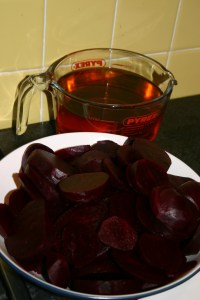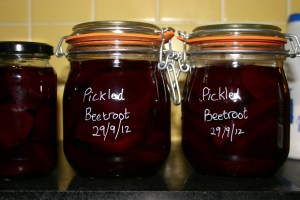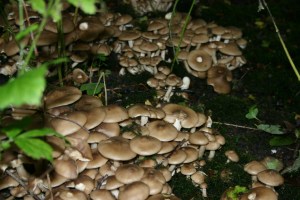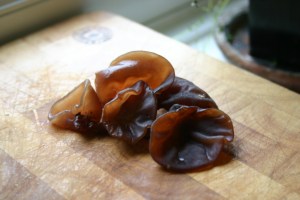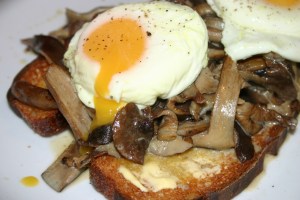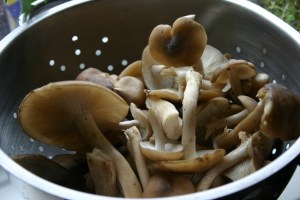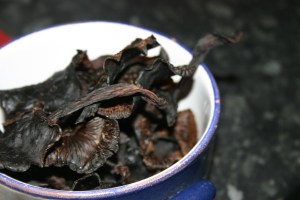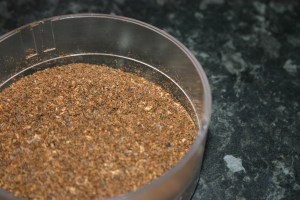One of my irregular offal-themed posts (see main post Tail to Nose Eating):
For those that are not aware, sweetbreads are a type of offal and come from the thymus, situated at the base of the throat, of either calves or lambs. For this reason they are often called throat sweetbreads. The thymus produces T cells which help us to attack any pesky germs that try and make us ill. The pancreas is commonly sold as heart or stomach sweetbreads, there are other rarely used sweetbreads too such as tongue and cheek sweetbreads. Most people think that sweetbreads are the testicles of calves and lambs; in fact, very rarely are testicles sold under the name of sweetbreads, they are more commonly sold as fries or stones.
Don’t be put off by the thought of eating a gland – they taste light, with a suspicion of iodine and do not have a strong offal flavour. If you are new to offal, or fear it a little, sweetbreads are a good place to start I reckon. But why are they called sweetbreads? Well, they are sweet because they taste richer and sweeter compared to typical meat, and they are bread because the old English word for flesh is bræd.
Sweetbreads were once very, very popular, but have now died a comparative death. Though, like many of the old forgotten cuts of meat, there is a slight resurgence, but nowhere near the dizzy heights of the 18th and 19th centuries. Almost every meat dish seems to have been decked out with breaded sweetbread garnishes. In those days; they were cheap and they were plentiful and they were delicious. Sweetbreads are not the easiest of cuts to get hold of these days, with most of them being snapped up by restaurants, and the few that get to your butcher are snaffled very quickly by those in the know. This, in some ways, in a good thing – they become, not a mere garnish, but the star of the show, something to be savoured. In Jane Grigson’s book Good Things, they have a whole chapter to themselves!
Sweetbreads are best served simply: grilled or fried alongside some dry-cured streaky bacon. Sweetbreads love bacon. They also love black pudding and sweet vegetables such as beans and peas.
I got lambs’ sweetbreads from my butcher WH Frost in Chorlton. For some bonkers reason we can’t sell British calves’ sweetbreads in this country, but we can sell those that have come from mainland Europe.
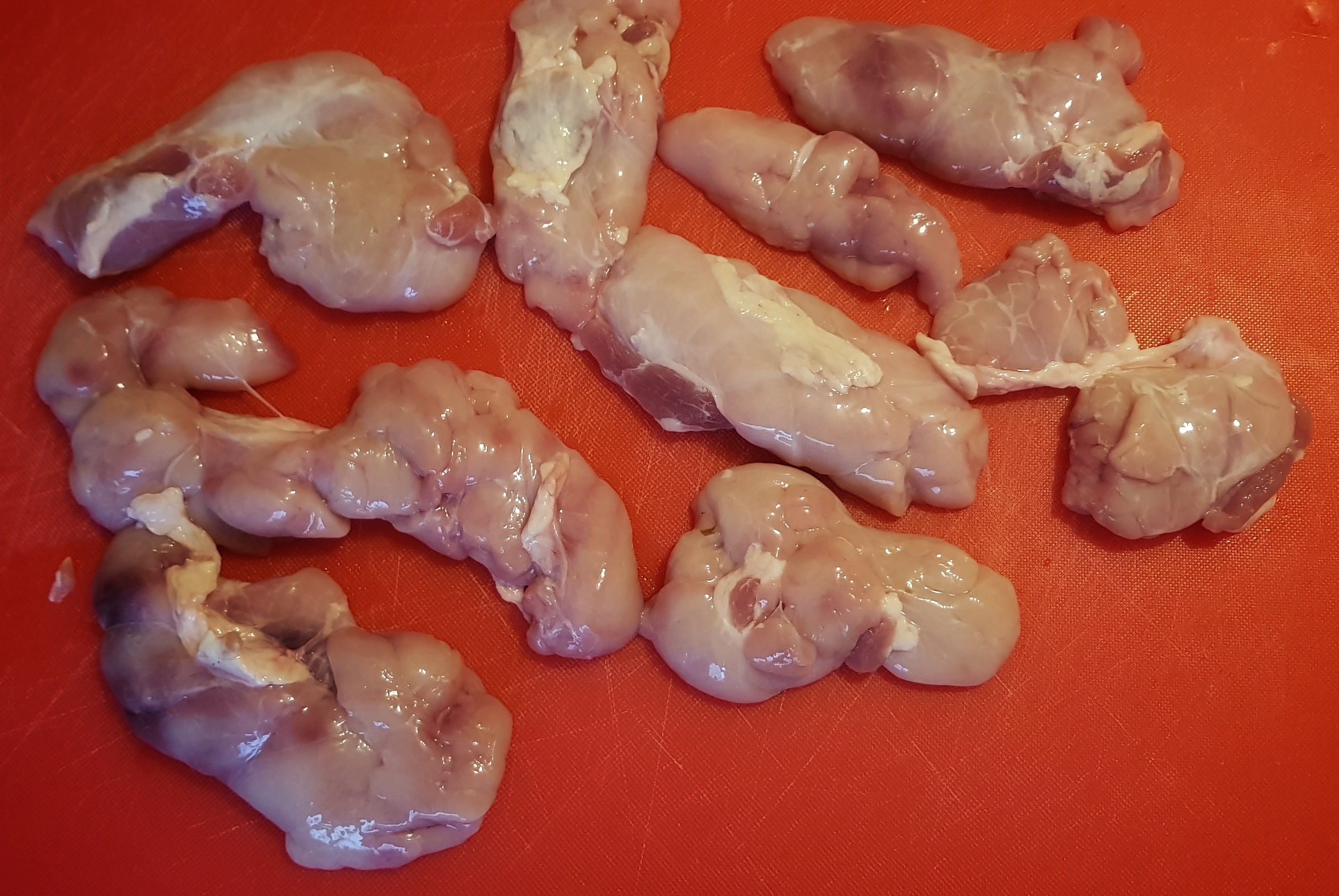
Preparation of sweetbreads
Whether you get calves’ or lambs’ sweetbreads they first need to be soaked in salted water for a few hours. This gets rid of any impurities. If you can, change the water a couple of times, but it is no big deal if you do not.
Next, the sweetbreads are poached. This can be in simple salted water, but more normal is a light stock such as chicken or vegetable or in a court bouillon of herbs and vegetables.
Simply pop your sweetbreads into the water or stock, bring to the boil and simmer gently for five minutes. Remove, drain and cool before removing any gristly bits. The tricky part is doing this whilst keeping them whole.
If you like the blogs and podcast I produce, please consider treating me to a virtual coffee or pint, or even a £3 monthly subscription: follow this link for more information.
Fried Sweetbreads with Peas and Broad Beans
This recipe is great if you’ve never cooked with sweetbreads before – they are sliced up, so if they do fall apart when preparing them, it doesn’t matter. This recipe is also a very quick dinner – taking only 10 minutes or so to cook. I don’t think it needs to be served with anything, except perhaps a slice of wholemeal bread and butter. By the way, there is nothing wrong with using frozen peas and beans here. This recipe is adapted from The River Cottage Meat Book by Hugh Fearnley-Whittingstall and it serves four people.
Ingredients
around 150g (6 oz) garden peas, fresh or frozen
around 150g (6 oz) broad beans, fresh or frozen
3 tbs olive oil
100g (4 oz) dry-cured smoked streaky bacon, cubed
500g (1 lb) prepared lamb’s or calf’s sweetbreads, sliced
plain flour seasoned extremely well-seasoned with salt, pepper and a little Cayenne pepper
1 garlic clove, very finely chopped
salt and pepper
Plunge the beans and peas into boiling water for one minute, then drain and tip into cold water. Heat the oil in a frying pan and fry the bacon begins to crisp.
Meanwhile, toss the sweetbreads in the seasoned flour and tip them into the pan along with the bacon. A minute later, add the garlic and fry everything a nice golden brown. Tip away any excess oil and stir in the beans and peas. Cook for another minute, season with salt and pepper and serve piping hot.



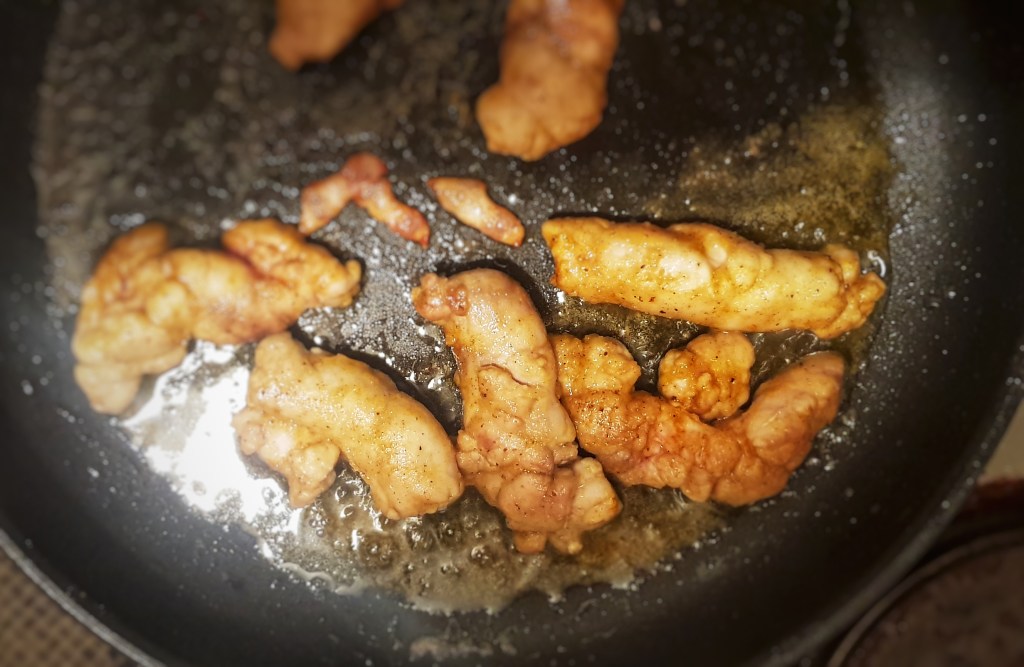

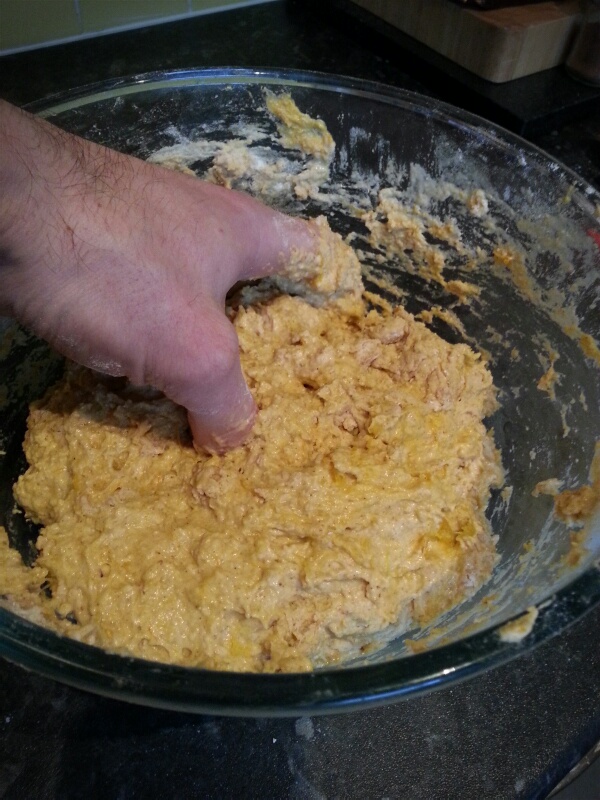


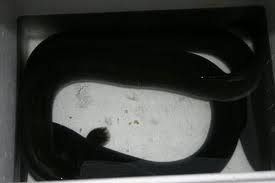
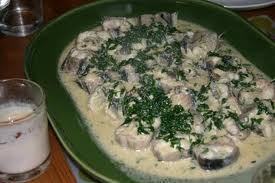


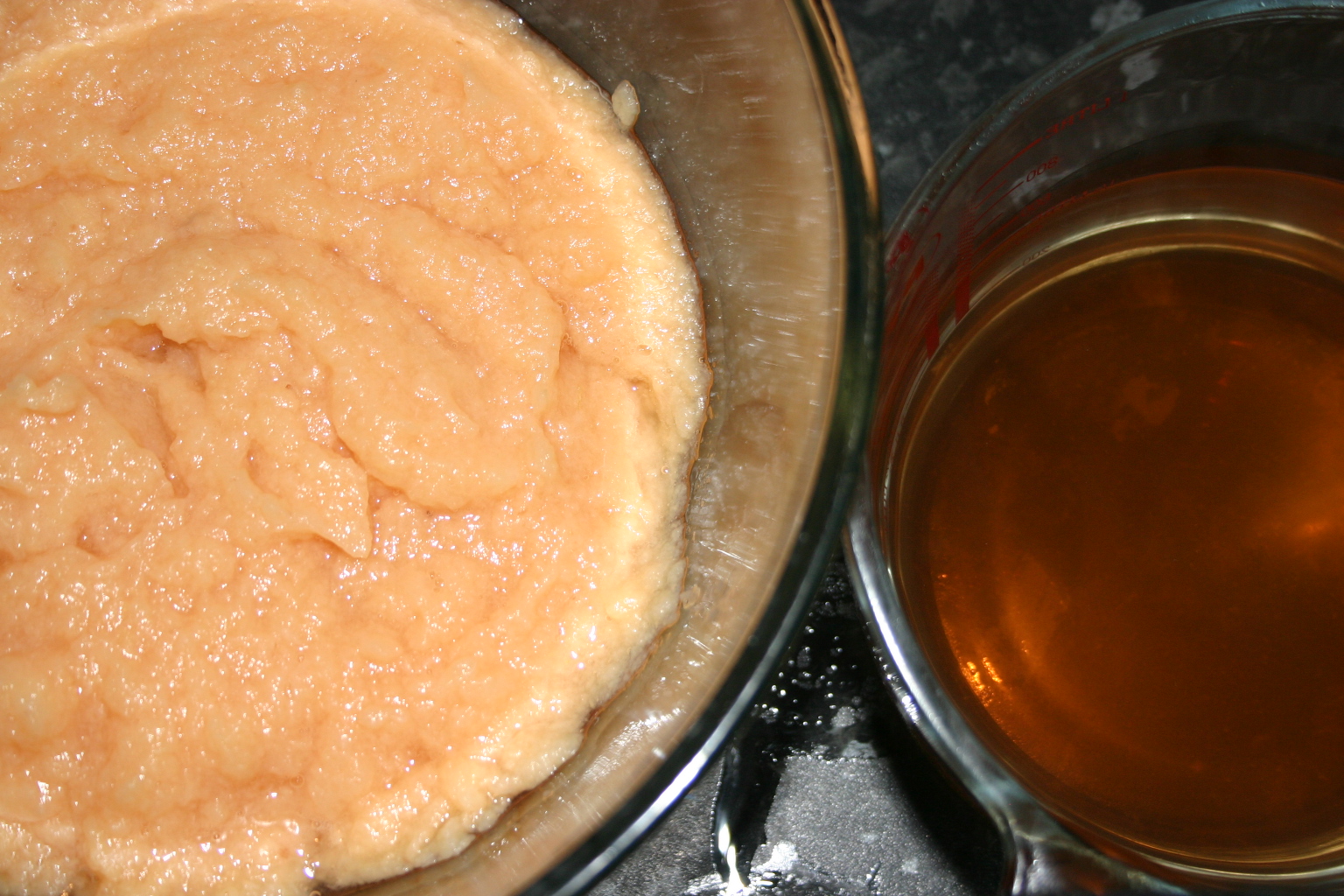







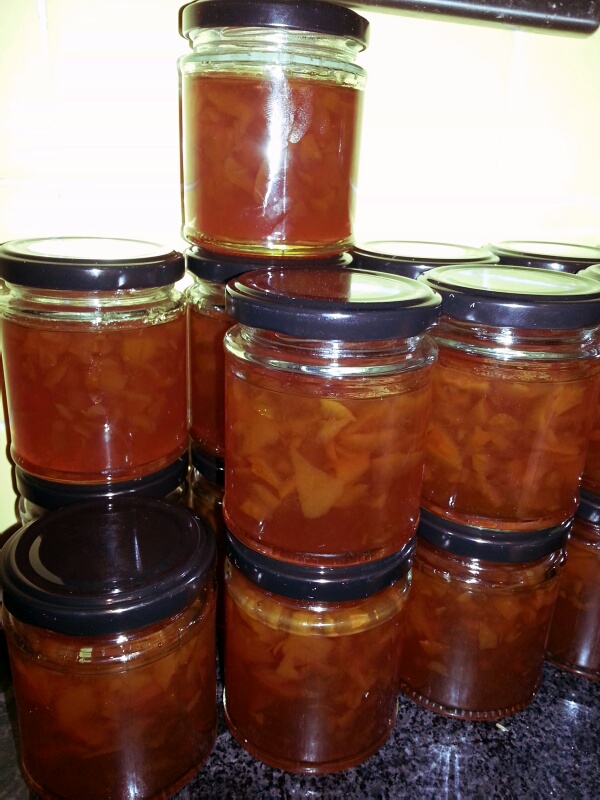
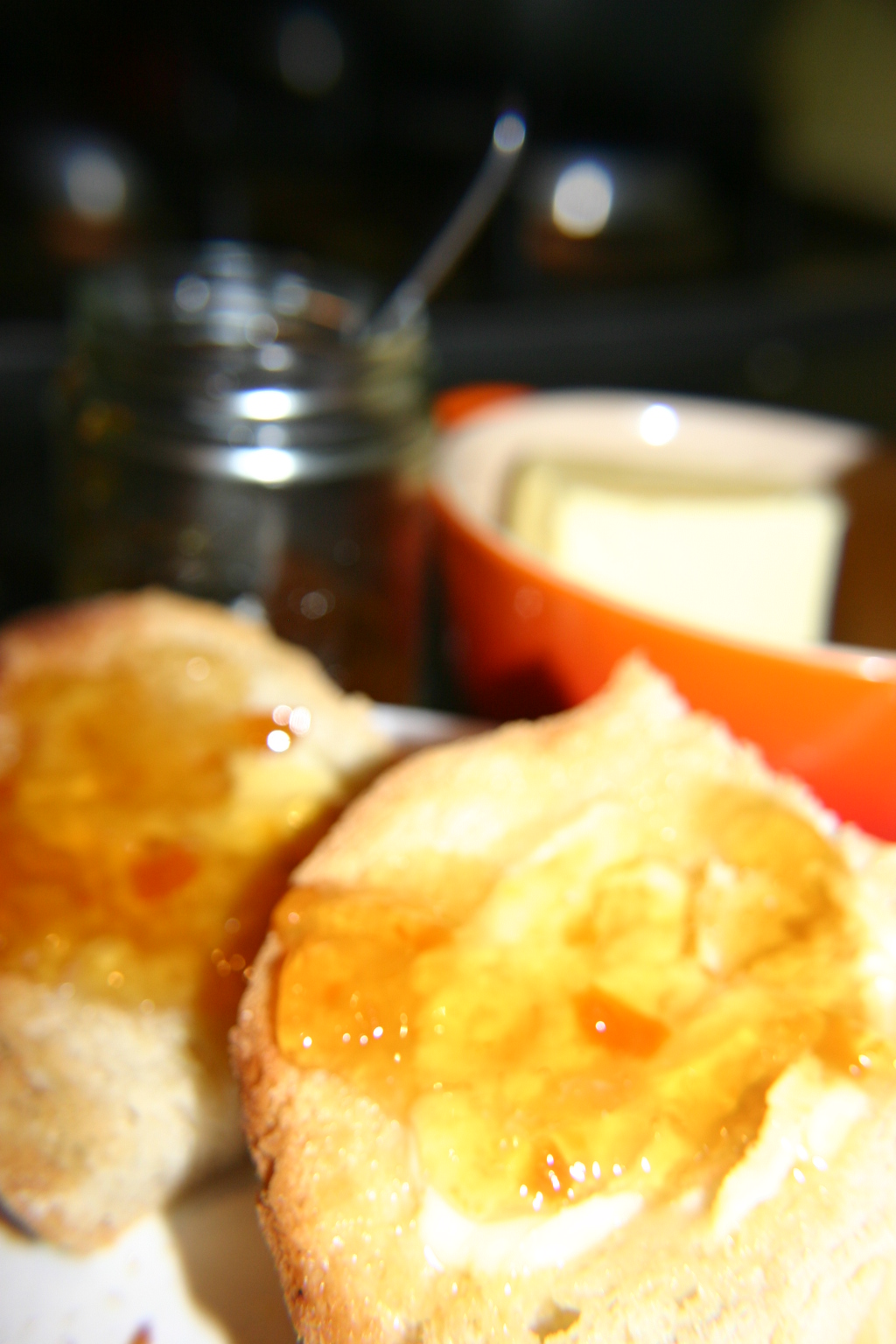




![20121228_191019[1]](https://fix-quick.today/wp-content/uploads/2012/12/20121228_1910191.jpg)
![20121228_184345[1]](https://fix-quick.today/wp-content/uploads/2012/12/20121228_1843451.jpg)
